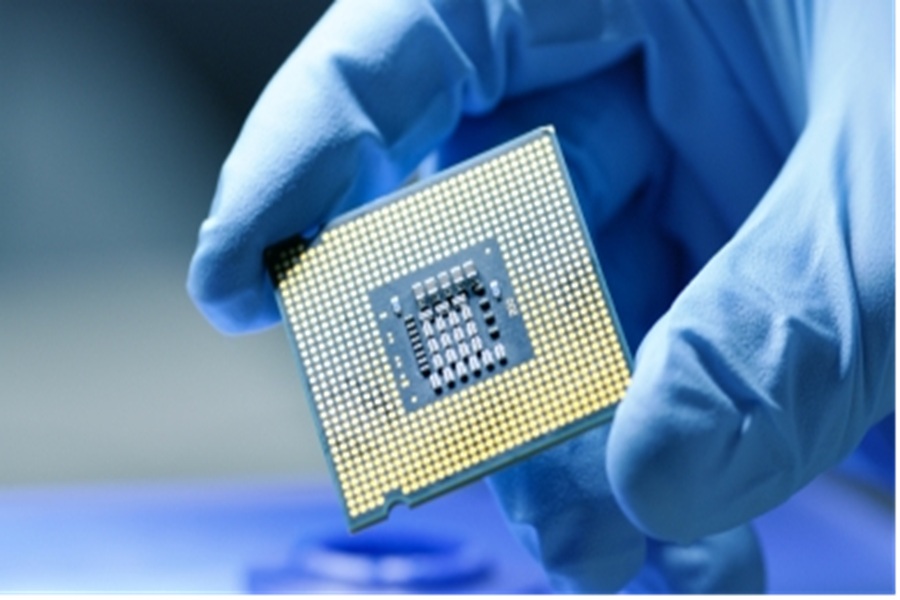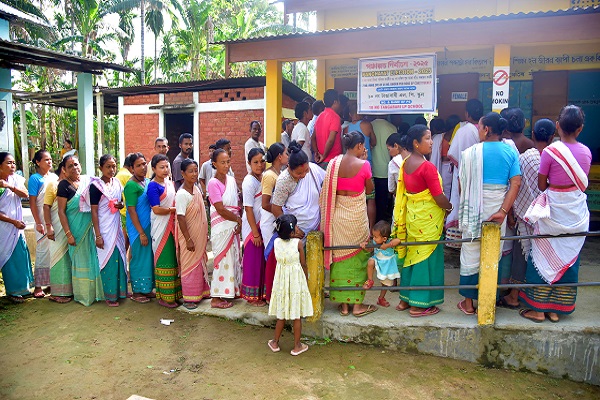NBFC Sector Update - PSBs: Light at the end of the tunnel By Motilal Oswal
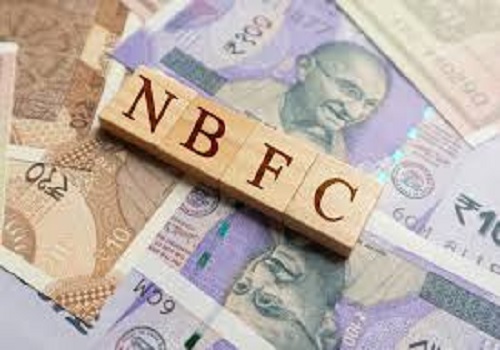
Estimate RoA/RoE to improve to 0.8%/13.2% by FY24; re-rating to continue
* The asset quality outlook for PSBs is improving gradually after a prolonged corporate NPL cycle – GNPA ratios had reached the peak of ~15% in FY18. a) Government initiatives to boost manufacturing; b) rising commodity prices; c) deleveraging by large corporates; and d) balance sheet cleanup, along with the increasing pace of stressed asset resolution, have resulted in GNPA ratios moderating to ~9.5% as of FY21.
* SMA books across banks saw moderation of 19–120bp in 2QFY22 and stand at 0.3–2% of loans (barring INBK at 6.4%). This augurs well for incremental slippage to remain controlled. Thus, we estimate the slippage ratios of the Top 7 PSBs to moderate to 1.5–2.5% by FY24E v/s 2.5–7% in FY21. However, the restructured books remain high at 2.6–5.8% of loans (barring SBIN at 1.2%). Along with the performance of the ECLGS books, these would be a key monitorable over the near term.
* Most PSBs carry healthy PCR in the 63–70% range (barring BoI with 79%). This places them broadly in line with private peers. Thus, we estimate credit costs to moderate, but believe normalization to be an FY23 event.
* Therefore, PSBs are well-placed to deliver a strong rebound in earnings as we estimate FY22E PAT to be ~11x of the sum of FY17–21 PAT, while FY22–24E earnings would grow at a healthy 25% CAGR. We estimate RoA/RoE to improve to 0.8%/13.2% for FY24E v/s 0.4%/6.1% for FY21.
* The current valuations of PSBs (barring SBIN) at 0.5–0.7x FY23E P/ABV do not fully price in the forthcoming RoE recovery. After witnessing moderation in ABV for the past few years, we estimate a 13–21% ABV CAGR over FY21–24E. SBIN, BoB, and UNBK are our top ideas.
Asset quality outlook improving; GNPA moderates to 9.5% in FY21 v/s 15% in FY18
* The asset quality outlook for PSBs is seeing gradual improvement post a prolonged stressed corporate NPL cycle – GNPA ratios had reached the peak of ~15% in FY18. This was impacted by overleveraged corporates, rising stress in debt-heavy sectors – such as Power, Infra, Aviation, and Textiles – and liquidity crisis in the NBFC and Real Estate segments (resulting in elevated credit costs). Consequently, PSBs saw a sharp de-rating in valuation multiples.
* However, the corporate NPL cycle has been showing signs of a turnaround, with slippage subsiding sharply over 1HFY22 (barring SREI Infra). Along with a) government initiatives to boost manufacturing, b) strong commodity prices, c) deleveraging by large corporates, and d) the increasing pace of stressed assets resolution, this resulted in GNPA ratios moderating to ~9.5% in FY21. For our Coverage Universe, we estimate the GNPA ratio to moderate a further 90–400bp across banks over FY21–23E.
SMA pool moderates 19–120bp over past quarter
The SMA pool across banks moderated 19–120bp in 2QFY22 and stands at 0.3–2% of loans (barring INBK, which remains high at 6.4%). This augurs well for incremental slippage to remain controlled. We thus expect the slippage ratios of the top PSBs to moderate to 1.5–2.5% by FY24 v/s 2.5–7% in FY21. However, the restructured booksremain high at 2.6–5.8% of loans (barring SBIN, which was relatively lower at 1.2%). While the banks expect only 25% of this book to turn into NPA, coupled with the performance of the ECLGS books, these would be a key monitorable over the near term.
Balance sheet resilient as PCR improves to 68% in FY21 v/s 47% in FY18
* For the past few years, PSBs have focused on strengthening their balance sheets by improving the coverage ratios, which improved significantly to 68% in FY21 v/s 47% in FY18. During FY15–21, the Top 7 PSBs took a significant stock of provisions towards stressed accounts, with the total provisions coming in at INR7.2t. Thus, provisions as a percentage of PPoP stood elevated at 63–144% in FY20.
* However, most PSBs now carry healthy PCR in the 63–70% range (barring BoI with 79%). This places them broadly in line with private peers. With the slippage trend expected to moderate and healthy coverage ratios, we estimate credit costs to moderate. However, we believe normalization to be an FY23 event. Thus, we expect provisions as a percentage of PPoP to decline sharply to 30–52% by FY24E.
Earnings visibility improving after multi-year pause; RoA/RoE to improve to 0.8%/13.2% by FY24
Return ratios for PSBs have been under pressure for the past few years as losses were reported over FY16–20, resulting in negative return ratios. However, we believe PSBs to be on track to deliver earnings normalization, aided by moderation in credit costs. We expect the average credit cost of the top PSBs to moderate to 1.7% over FY22–24E v/s 3.1% over FY18–21. SBIN’s credit cost is expected to decline to ~1%, while other PSBs would remain at 1.4–1.9%. Consequently, we project FY22E PAT to be ~11x of the sum of FY17–21 PAT, while we expect a 25% earnings CAGR over FY22–24E. Thus, we estimate RoA/RoE to improve to 0.8%/13.2% for FY24E v/s 0.4%/6.1% in FY21.
Capital position improves; expect gradual growth recovery
Over the past few years, PSBs have operated at low capital levels as a higher provisioning requirement has resulted in the government infusing capital regularly. PSBs were unable to approach the markets due to poor operating performance and suppressed valuations. However, over 1HFY22, banks such as CBK/UNBK/BoI were successful in raising capital of INR25b/INR14.5b/INR25.5b via QIPs. Along with improving profitability, this resulted in an increase in capital levels in 1HFY22. Thus, the Tier I ratio improved to 11–14% v/s 9–11% in FY20. With asset quality risks moderating and profitability improving, we expect gradual recovery in growth trends over FY22–24E.
Valuations appear reasonable; RoE recovery not fully reflected
The balance sheets of PSBs have become resilient in the past few years, aided by healthy provisioning. We believe the corporate NPL cycle has bottomed out, and we expect gradual moderation in credit costs, thereby resulting in improved profitability. After seeing moderation in ABVs over the past few years, we estimate a 13–21% ABV CAGR over FY21–24E. Thus, the current valuations of PSBs (barring SBIN) at 0.5–0.7x FY23E P/ABV do not fully price in the forthcoming RoE recovery as we project earnings to increase multifold in the coming years. Overall, we expect RoA/RoE to improve to 0.8%/13.2% by FY24E. SBIN, BoB, and UNBK are our top ideas.
To Read Complete Report & Disclaimer Click Here
For More Motilal Oswal Securities Ltd Disclaimer http://www.motilaloswal.com/MOSLdisclaimer/disclaimer.html SEBI Registration number is INH000000412
Above views are of the author and not of the website kindly read disclaimer
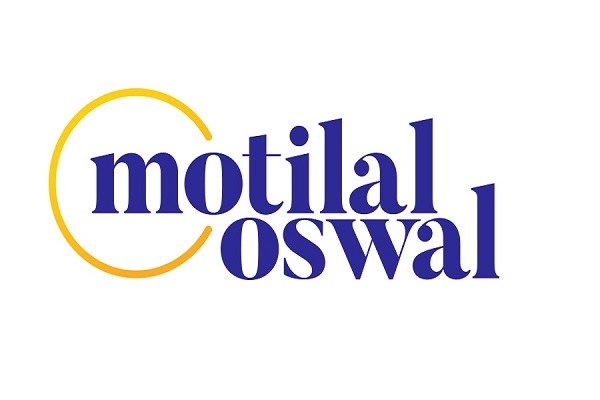





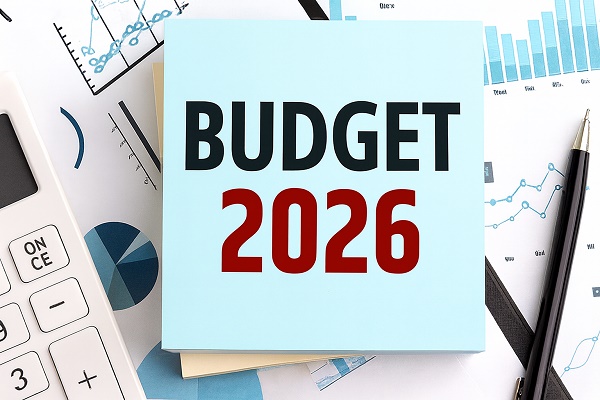
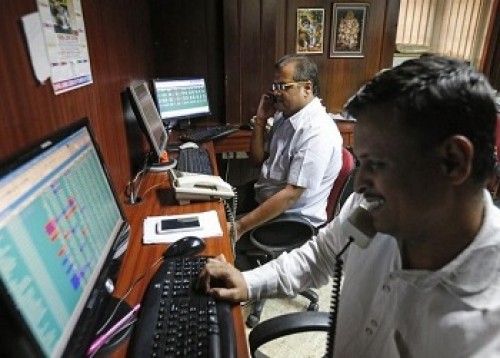


Tag News
More News

Financials - Banks Sector Update : Weak quarter ahead but light at the end of the tunnel By ...







